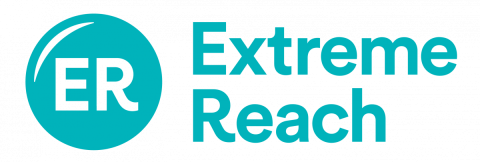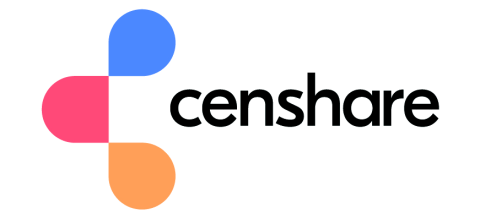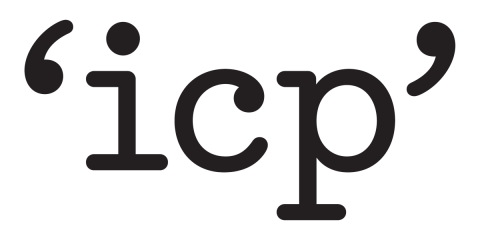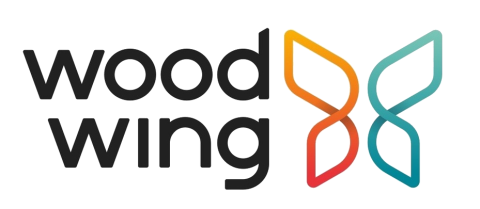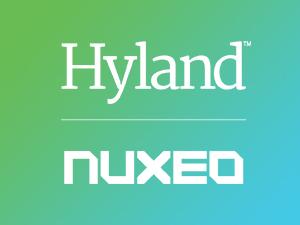DAM Europe 2022

We are busy developing an exciting agenda for DAM Europe 2022 so keep your eyes peeled for details. Register your interest here to be the first to hear about new sessions and speakers!
In the meantime, check out the first 8 exciting sessions announced:
Developing a User-Tested Central Content Hub at Cancer Research UK
Cancer Research UK uses its DAM as a central content hub for all users and is a vital resource. It has:
-
A repository of 13,000+ digital assets
-
A well-developed and well-defined taxonomy in use across the entire web and enterprise content
-
Reused the existing taxonomy in the DAM
-
Improved the ways of working through collaboration
-
User-tested the DAM through a series of methodologies – user interviews, guerrilla testing, card sort and tree tests
Hear from Tom Alexander, Taxonomy Manager at Cancer Research UK on why user-experience is more than just a phrase. He’ll share how the DAM is efficiently and effectively managed to ensure that all users find what they are looking for, and will reflect on why the user-focus has improved user-satisfaction in the DAM.
Tom will highlight what’s next in the digital journey for Cancer Research UK.
Metadata Matters - Because When it Comes to Content, it’s Everything you Have…
Metadata is a strategic imperative in the endeavour to manage a company’s knowledge effectively.
The successful implementation of every DAM and content related strategy requires the implementation of a holistic metadata schema supported by technology, people, and process. It increases the return on investment in a content system by unlocking the potential to ingest, discover, share, and distribute assets.
This session explores how different industries and organisations manage and design their metadata models to fit their business needs. The panel will discuss lessons learned, top tips, successes, and new developments in the field.
Moderator: John Horodyski, Managing Director of Insights and Analytics, Salt Flats
Panellists include:
James Mortlock, Digital Archives Manager, Global Archives, HSBC
Florian Zarkov, Senior Manager Content Tagging, Red Bull Media House
Transforming DAM User Experiences
It sometimes feels as if DAM user experiences follow something of a formula – a list or grid of assets flanked by other lists of links such as search facets.
These experiences have served us well as we deployed DAM to well-trained groups like collection owners, librarians, and DAM super-users. But how well are we serving our wider user base? How successfully have we kept up with our users’ expectations of a modern UX?
Successful DAM today is less and less about the DAM team answering research requests, and more and more about self-service – empowering users everywhere to find and access the right assets at the right time without waiting for an asset curator to help.
How often have we heard of a rogue user downloading an image from the web because it was easier and faster than accessing the officially approved collection? Oops – rights violation alert!
The answer is not that hard to state but perhaps less easy to execute: make the DAM user experience so natural that everyone can use it.
In this panel we will explore how some of the most innovative DAM experiences were designed, and how to get inside the mind of a (satisfied!) user:
- Design best practices and principles
- Where to be simple and where to be ‘advanced’
- Measuring UX effectiveness
- The psychology of a satisfied user
Bring us your DAM UX challenges, and the panel will explain their approaches.
Staying on Top of What’s Next for our DAMs
DAM is all solved now, right?
You have a nicely curated set of assets and solid metadata, so all you have to worry about is keeping it accurate.
Well, not really!
The truth is that the business around us is changing, sometimes very quickly, and our DAM systems and processes often need to change to keep up.
Our content is expected to be ready anytime, anywhere, and our businesses are constantly challenged in exciting new ways like data/analytics, second screen, AR/VR, metaverse, and more.
Our content, our metadata, and the ways we serve them up must stay useful and relevant.
So, what does this all mean for our DAM teams in real life?
This panel will explore what it takes to keep our DAM in sync with an evolving business around us, and what it takes to think about being ‘ready’ for what’s coming, rather than reacting after it has happened. The panel members will explore:
- Keeping our tools and technologies ahead of where our business will need them to be
- What new dimensions of content must we incorporate so we are always ‘ready’ when the business needs them?
- Keeping our metadata models up to date and useful
- Making sure our users keep getting the search results they want, as what they need and expect changes
- How to govern DAM at the speed of business
The Future is Virtual … Addressing Tomorrow’s Challenges Today and not Today’s Challenges Tomorrow - How the DAM Played a Pivotal Role
84% of all UK museums are classified by the Mapping Museums Project as small or medium sized.
Based on the statistics provided, Ben Uri Gallery and Museum calculates that some 50% of the UK Museum sector struggle to average 100 visitors a week – 15 a day.
Ben Uri Gallery and Museum recognised its dilemma of being stuck in this milieu, and in 2017 started to rethink its purpose, potential and limitations of capacity.
In 2018 the museum published its Sustainability and Public Benefit Strategy.
The result: Benuri.org was soft launched in November 2019 as the first virtual museum and research centre. Engagement and awareness numbers multiplied, and when Covid struck – and no staff were made redundant nor furloughed – recruitment continued to build depth and width of content. Today Benuri.org engages some 5,000 people per week – some 80 times the average physical engagement at the gallery and some 17,000 visual exposures per week.
David Glasser, Chair of the Trustees, Ben Uri Gallery and Museum will share the story of the journey and the future.
Incorporating Best Practice in Digital Preservation - Why it is so Important at the Point of Creation
We all know that a good digital asset management system will make the process of storing, sharing, and tracking digital assets much easier. But is this all they should be attempting to do? What about:
- Ensuring the discoverability of assets for years to come?
- The rendering of digital assets to the user in an ever-evolving EUC environment?
In other words, what about true digital preservation and the role of a DAM in that?
The fundamental answer lies in the metadata that is held in a DAM and that the DAM demands the asset creator provide.
When we begin to consider the wider potential for metadata in the entire asset lifecycle, do we in fact need to alter our tradition of metadata as being ‘data about data’ and go back to thinking of it as being ‘data about the asset’?
In this session, Tamara Thornhill, Corporate Archivist, Transport for London (TfL) looks at the challenges created by the boom in digital assets and, specifically, the key role that metadata can play in meeting these challenges – and supporting the growth of a digital history of the world.
Working as a Lone DAMster
Hear from Danny van Loon, Digital Asset Manager, Ahrend on his role as a solo DAM practitioner.
He’ll share experiences and insights into his busy and expanding asset management role. This is bound to resonate with many others who also fly solo!
A lot of organisations simply misjudge the amount of work that goes into the management of the DAM. Demands on, and the contributions of, asset managers, DAM librarians and archivists shouldn’t be underestimated.
In this session, Danny will share how he has built the DAM from small beginnings and how it has become the single source of content for all users.
Danny will highlight:
- Experiences and discoveries
- Tips, tricks and woes
- Working with all stakeholders and implementation vendors
- Preferences and learnings in the field of DAM as the single expert within a group of two companies which have been competitors for 100+ years – and now still are… sort of!
Learn how it is sometimes fun to try to be a system administrator, an asset librarian, a product owner, an information governance program and metadata lead all at the same time. But, with the right help and delegating, we’ll hear how it is possible to be an effective DAM advocate.
When DAM met PIM: Is it a Lasting Relationship?
When challenged with tagging their content and assets with the correct product information, many organisations discovered the power of bringing their Product Information Management (PIM) data into their DAM system. Some say that when DAM met PIM, a power couple was born.
DAM has all the glossy photos, beauty shots, short videos, and content collateral that introduces shiny new products. PIM has the substance with product names and all its attributes from dimensions to shelf life to ingredients or compounds. Together, they can quickly deliver digital shelves, newsletters, product campaigns, and social media updates with trusted and accurate information.
Conversely, some risks include overwhelming your system with data that a typical digital asset doesn’t need and forcing data management into a system that was never meant to handle complex product hierarchies.
In this panel, we’ll explore the pitfalls and potential of approaching Product Information and associating it with content and asset metadata in a DAM system. Topics explored:
- When does PIM start to crowd the DAM with too much information?
- Who manages the PIM within a DAM?
- PIM is usually managed in large, fortressed repositories that are used for financial reporting. How do you integrate and synchronize Product information?
- How and where does Master Data fit into DAM & PIM?
- Is PIM a data asset?
Moderator: Madi Weland Solomon, Principal Consultant, ICP
Panellists include:
Megan de la Motte, Digital Content Analyst, Global Digital Technology, Edrington – The Home of Exceptional Spirits
Mark Gallagher, Global Director of Asset Management, Unilever

